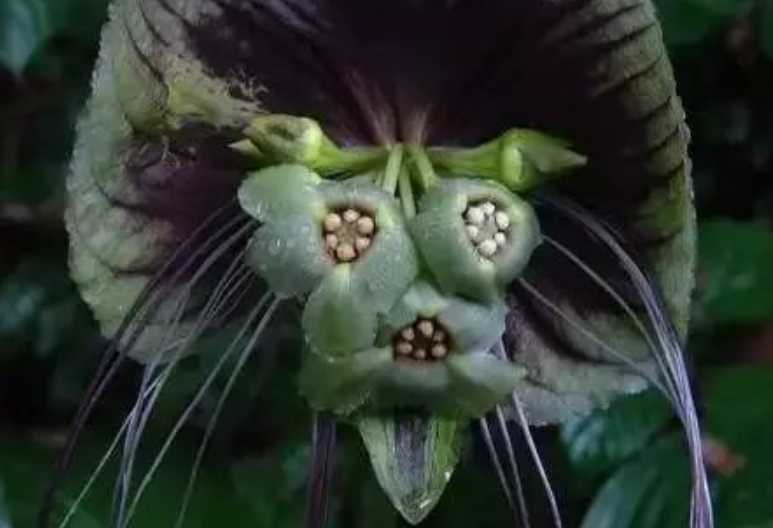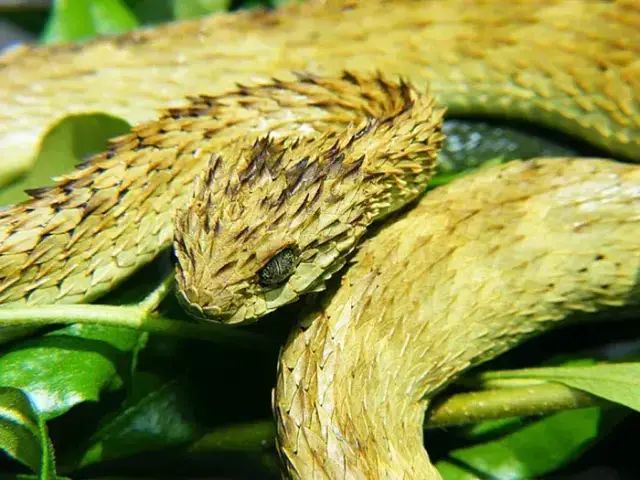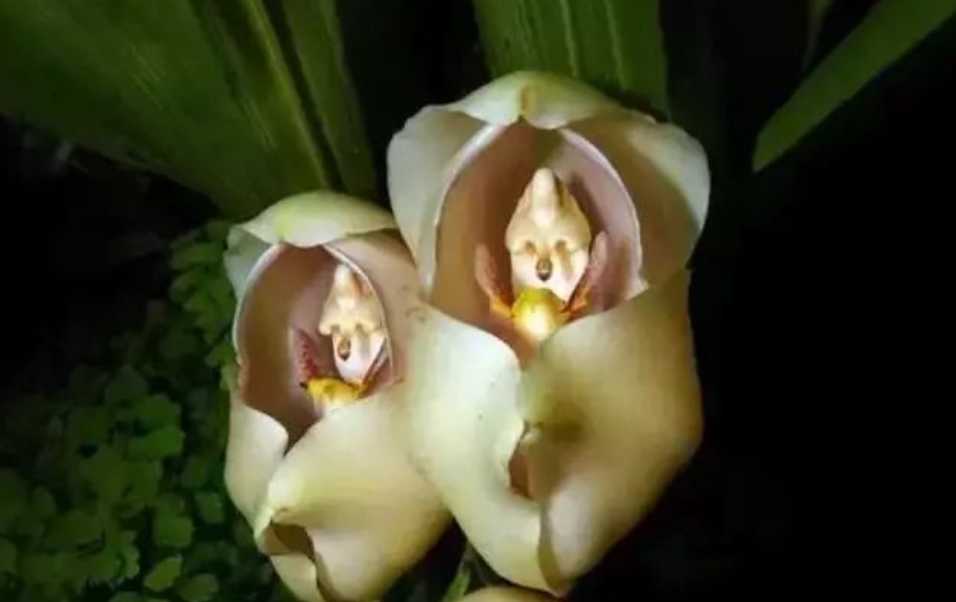The Northern Pygmy-Owl: Deceptive 'Eyes' on Its BackThe Northern pygmy-owl (Glaucidium gnoma), a diminutive raptor native to North America’s coniferous forests, employs a fascinating evolutionary trick: conspicuous "eye spots" on the back of its head, designed to deceive predators and potential threats. These false eyes, formed by concentric circles of dark and light feathers, create the illusion that the owl is constantly watching, even when it turns its back.
June 20, 2025, 2:04 pm EDT









